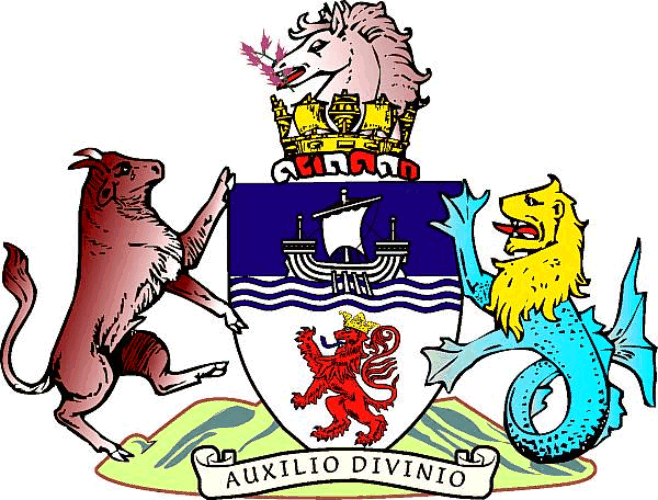 Now this is a pleasant surprise! Check out Derek Gow’s article about the beavers on his farm in Devon, England. The article expressly specifies you shouldn’t cut and paste, but I’m sure you’ll help me avoid prosecution and click on the original many times so that they are reassured!
Now this is a pleasant surprise! Check out Derek Gow’s article about the beavers on his farm in Devon, England. The article expressly specifies you shouldn’t cut and paste, but I’m sure you’ll help me avoid prosecution and click on the original many times so that they are reassured!
I have a lot of unusual animals on my farm here in Devon: water voles, otters, pine martens, wild cats – but the most unusual are probably the beavers. They’re the only beavers on a working farm in Britain. I wanted them because they produce life; if you put them into a stream system on your land, you get more life in it.
See, that’s the kind of opening paragraph a girl like me wants to read on a Saturday morning. The kind where you tuck your feet under you in the chair and settle down for a nice ambling browse – pausing to savor each lovely word and phrase. Devon is in the southeast of England, a good long way from our beaver friends in Scotland, but not very far at all from my ancestors in Cornwall. We travelled once in that direction and stayed in a breathtakingly old farm house listed in the Doomsday book — (1066 to be exact). That night we walked to a tiny neighborhood pub for dinner where everyone knew everyone else but us, slept in an ancient four poster bed, and stumbled down for breakfast in the morning to a huge dining hall with a great stone fireplace that was big enough for a family to stand in. While the gracious hostess gave us eggs and tea her son wheeled around the great hall with a plastic red and yellow tricycle singing loudly. We could only speculate on the transformations of time and culture that that table had seen!
Let’s just say that if you maintain a farm in Devon you’ve seen a thing or two!
People have the idea that because beavers have huge teeth they chop their way through forests like furry chainsaws, but they’re a creative, not a destructive, force. They open up the river banks to many other species: plants, butterflies, beetles, amphibians and fish. These are the building blocks of life, the species that support others.
Goodness, I’m liking this article, Mr. Gow. I can’t imagine it will be very long before the beaver reintroduction of England takes hold if you keep writing like this. (Just between you and me, there are these free beavers on the river Tay in Scotland that recently got a stay of execution. They probably won’t get all the way to Devon in three years, but I’d be surprised if they don’t cover some reproductive ground.)
Beaver impoundments play a significant role in trapping water and releasing it slowly. If you’re growing crops and leaching silt and chemicals into the water, beaver dams help trap this material and hold it so it doesn’t end up silting up main rivers or getting washed out to sea. In short, beavers help purify fresh water and can also reduce floods in lower-lying landscapes and human settlements by trapping and slowing extreme flows.
Beavers have been managing water for millions of years; they’re adapted to do a far better job than us. We can no longer pay to maintain flood walls and flood defences so beavers are a rational option when it comes to water management and flood control. When you look into every argument against the reintroduction of beavers, you’re left with dust.
What a perfect introduction to tomorrow’s Agents of Change interview with Brock Dolman, who told me sagely yesterday ‘California doesn’t have a water shortage problem, it has a water STORAGE problem.” And guess which furry quaduped can help us fix that problem? Mr. Gow certainly knows. Seriously, go read the entire article. It’s definitely Worth A Dam!!!







































